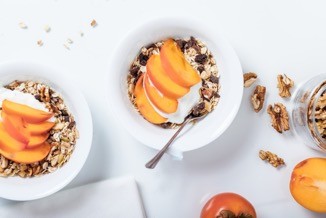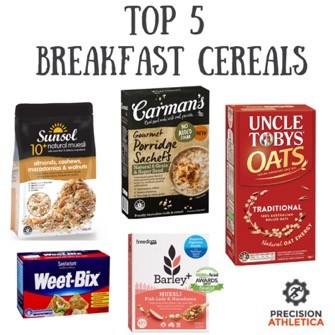During our recent dietitian Instagram takeover, the most commonly asked question was “which cereal is the healthiest cereal for breakfast?” There’s no doubt that cereal is a really convenient breakfast option, particularly when you need to rush out the door in the morning and don’t have the time for a cooked breakfast.
Looking at the cereal aisle in the grocery stores, it’s not surprising that choosing a healthy option can be confusing and overwhelming. With so many varieties on the shelves, all with clever marketing hacks to make their products seem the healthiest and most appetising despite their questionable ingredients lists, I’ve decided to make it easier for you by choosing my top 5 cereals based on the below criteria. If you don’t like these cereals after trying them, using these criteria to search for alternatives will help you find the best cereal option to suit your tastes!



